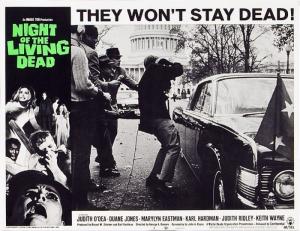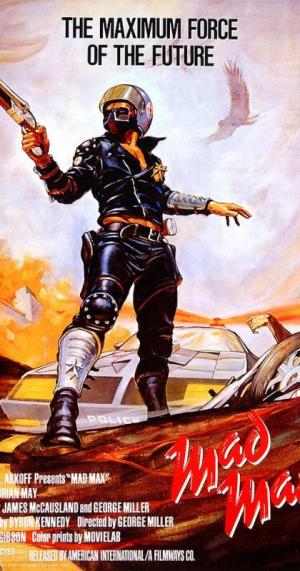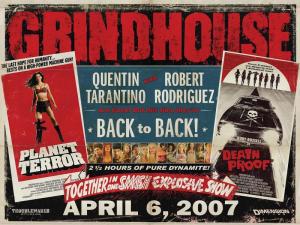An Exploration of Exploitation: A Brief Look at the Exploitation Genre
By Dylan Schmidt
This Thursday, Revival House takes a look at the Blaxploitation genre, with Three the Hard Way and Black Dynamite. To celebrate this pairing, I’m going to take a quick look at the genre these films revel in: Exploitation.
What Is the Exploitation Genre?
The exploitation genre has its roots in the ‘B-movie’, a lower budget (and often lower quality) film designed to run as the second film of a double feature. Originally an idea of the 1920’s, exploitation films didn’t really explode until well into the 60’s and 70’s, with the relaxation of film censorship.
Typically, the ‘exploitation’ aspect of an exploitation film relies on the use of lurid content, graphic violence, or current societal trends to exploit viewers desire to see such things in a time where most major studio releases were not pushing these boundaries. This left the door open for these lower-budgeted films to make a profit and, in certain cases, achieve cult followings.
Subgenres
Exploitation films come in all shapes and sizes. As mentioned, lurid content was a major factor in the rise of exploitation films. Subgenres such as Sexploitation used the concepts of nudity and sex to sell their products. Blaxploitation played to the African-American crowd, usually depicting black men and women fighting against a corrupt system that held them down. Violence was another major selling point of the genre; things like revenge films and early slasher horror films relied heavily on violent and explicit content. Even other countries had their own special exploitation styles, with Ozploitation coming from Australia, and Giallo horror films (precursors to American slasher films) and low-budget Spaghetti Westerns coming from Italy.
Influences in Modern-Day Film
Many of today’s filmmakers have shown influences taken from these low-budget films. People like Quentin Tarantino, Robert Rodriguez, Sam Raimi, and Rob Zombie have all paid homage to exploitation films in their own works, such as Django Unchained, Machete, Drag Me to Hell, and The Devil’s Rejects, respectively. Exploitation films helped break down the barrier of what can and can’t be shown on a film screen, allowing for more freedom in what major motion pictures can do.Exploitation cinema lives on through modern-day filmmakers who grew up watching these films, and will continue to live on through the people who watch today’s practitioners of the genre. So next time you sit down to watch something like The Raid, Drive, or John Wick, remember the pioneers who led the way in these types of cinematic experiences.

























































